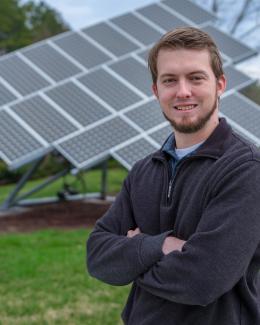Abstract
This study reviewed existing conventional and nonconventional protection schemes for grid‐connected and islanded mode operations in North American microgrid projects. The microgrid projects investigated in this study used different types of distributed energy resources (DERs) and integrated hydropower/diesel generators, gas/steam/wind turbines, and photovoltaic systems with energy storage. In this work, conventional protection schemes were defined as those within the IEEE Standard C37.2‐2008, whereas nonconventional schemes were those not defined within this standard. The pros and cons of conventional and nonconventional protection schemes were discussed in detail. The overvoltage, undervoltage, and frequency elements were the most common conventional protection schemes applied in microgrid projects in North America. These protection elements were used to detect the islanded conditions and faults that could not be sensed by overcurrent relays because of small fault currents contributed by low‐inertia DERs and power‐electronic sources. Directional overcurrent elements were used to distinguish between external (grid) and internal (microgrid) faults. Adaptive protection was the most popular nonconventional protection scheme applied to the microgrid projects. In conclusion, different types of DERs and operational modes must be considered in order to address the protection and control challenges of each microgrid and to obtain the best technical and economical solution.




